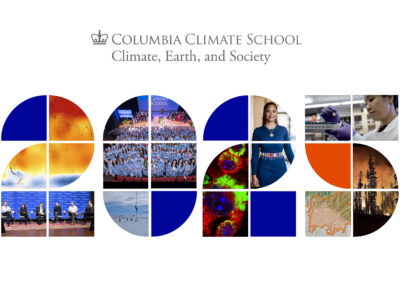
A new study finds an intriguing connection between climate shifts in the equatorial Pacific Ocean and the four most recent human influenza pandemics. In each case – in 1918, 1957, 1968 and 2009 — the outbreaks were preceded by below-normal sea surface temperatures, consistent with the La Niña phase of the El Niño-Southern Oscillation. This La Niña pattern develops in the tropical Pacific every two to seven years.
The authors hypothesize that the La Niña conditions may affect bird migrations and consequently the spread and genetic alteration of flu viruses.
The study, just published in the Proceedings of the National Academy of Sciences, was conducted by Jeffrey Shaman of the Mailman School of Public Health at Columbia University and Marc Lipsitch of the Harvard School of Public Health. Shaman also is affiliated with the International Research Institute for Climate and Society.
The authors propose to test their hypothesis by studying influenza population genetics, prevalence in various host species, and bird migration patterns.
Stephanie Berger of the Mailman Communications Office has the full story at the Mailman School of Public Health website.



